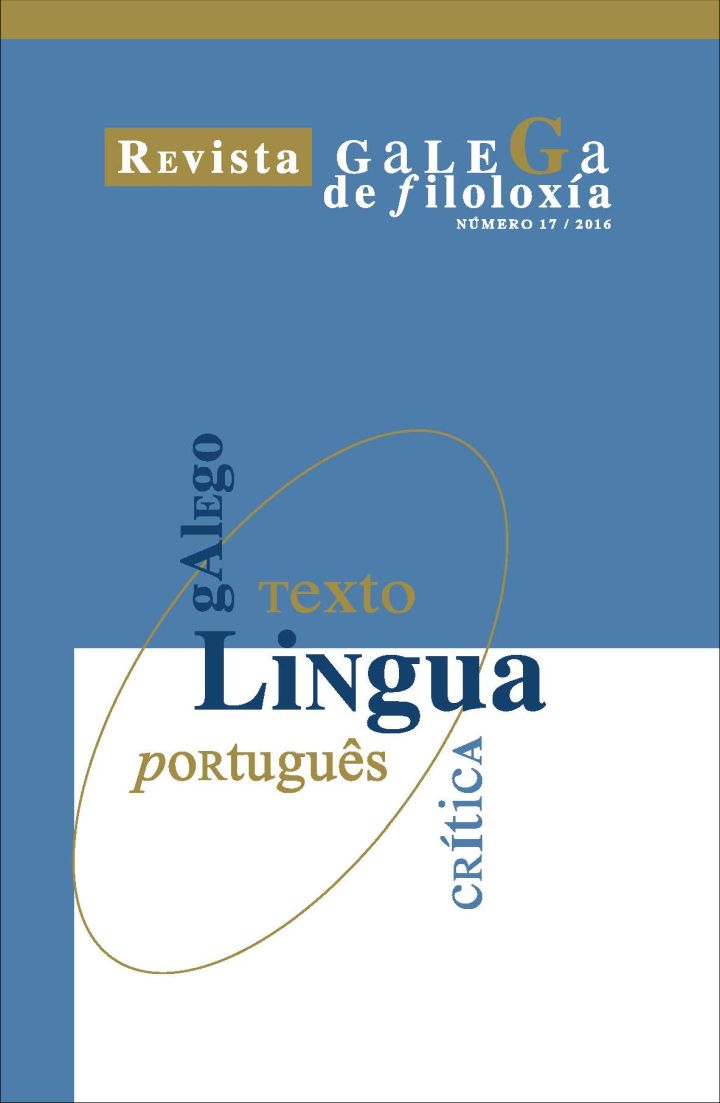Good and bad chestnuts - or how a Northern Portuguese (from Minho) regionalism shows the relationship between life and language
Main Article Content
Abstract
Starting from the word “cascavelho” found in the project Perfil Sociolinguístico da Fala Bracarense and given the fact that no dictionary of the Portuguese language includes it, we carried out a set of more than 500 inquiries conducted in the North of Portugal trying to understand:
1 If the word is still used in the lexicon of the regional variety area;
2 The social-cognitive dimension revealed by this word;
3 The relationship between the uses and the meaning of this word and some regional and age dimensions;
4. The lexicon as an open system, once composed by several main words that can now disappear from the living lexicon without leaving any traces of existence.
Keywords:
Downloads
Metrics
Article Details
References
Cortés Y Vásquez, Luis L. (1954). El dialecto galaico-portugués hablado en Lubián (Zamora). Toponimia, textos y vocabulario. Salamanca: Ediciones Universidad de Salamanca.
Fauconnier, Gilles, & Turner, Mark (1996). “Blending as a central process of grammar”. En Goldberg, Adele (ed.), Conceptual Structure, Discourse and Language, 113-130. Stanford: CSLI Publications.
Fauconnier, Gilles, & Turner, Mark (1998). “Conceptual Integration Networks”, Cognitive Science, 22(2), 133-187. DOI: https://doi.org/10.1207/s15516709cog2202_1.
Fauconnier, Gilles, & Turner, Mark (2002). The way we think – conceptual blending and the mind´s hidden complexities. New York: Basic Books. DOI: https://doi.org/10.1086/378014.
Lakoff, George, & Johnson, Mark (1980). Metaphors We Live By. Chicago: The University of Chicago Press. DOI: https://doi.org/10.7208/chicago/9780226470993.001.0001.
Neves, António Amaro (1994). “Vir à luz—práticas e crenças associadas ao nascimento”, Revista de Guimarães, 104, 51-81.



